Prescription medicines come in a variety of forms – including a pill, tablet, capsule, liquid, powder, gel, cream, lotion, ointment, inhaler, injectable, and transdermal patch. The form the medicine is in dictates how it is packaged. For example, a liquid is usually dispensed in an oval bottle, while pills are usually dispensed in prescription bottles, prescription vials, or a pre-packaged blister pack.
Some medications require application to the skin, where they are absorbed or provide a protective barrier. These include topical steroids, hormones, calcineurin inhibitors, inflammatory inhibitors, and constitute treatments for dermatitis, rashes, allergies, skin infections, injuries, ulcers, and localized pain.
What are Topical Medications?
Topical medications are made up in a base which is optimized for the condition and site of application. The active ingredient is then absorbed through the skin. It may need to provide a barrier, be absorbed to a certain depth in the skin’s layer, or be absorbed into the bloodstream or systemic effects.
These creams, gels, lotions, and ointments are often dispensed in a bottle or glass jar or are pre-packaged in a tube or pump-pack.
Но в чем разница между кремом, мазью, лосьоном и гелем?
Cream versus Ointment: either cosmetic or medicinal,creams and ointments differ mostly in terms of the ratio between oil and water they contain.
Cream consists of equal parts of water and oil. It absorbs into the skin very easily when rubbed in and is ideal for use over a large area. The oil content in a cream helps protect against loss of moisture and is ideal for conditions including rashes, dry skin, allergic reactions, or other skin lesions. Most cosmetic creams come in plastic or glass jars, whereas medicinal creams are often dispensed in tubes for more precise dosing.
Мазь состоит на 80% из масла и на 20% из воды и часто включает вазелин или минеральное масло. Это самое высокое содержание масла среди всех продуктов для кожи. В таком виде мази остаются на поверхности кожи и защищают от сухости воздуха, потери влаги и других факторов внешней среды. В отличие от других методов местного применения лекарств, мази не испаряются с поверхности кожи, а абсорбция продукта с течением времени максимальна. Мазь — идеальный способ местного применения кортикостероидов, антибиотиков и прописанных увлажняющих средств.
Лосьон: лосьон содержит только немного (если вообще есть) масла и преимущественно на водной основе. Лосьоны идеально подходят для косметического использования людьми с жирной или склонной к акне кожей. Лосьоны также могут содержать алкоголь. Консистенция лосьона жидкая по сравнению с кремом, больше похожа на густую жидкость. Он быстро впитывается, не оставляет следов и часто маркируется как «легкий» или «безмасляный».
Гель: a gel is an oil-free product made with a mixture of water, alcohol, and cellulose (which is made of cell walls from plants and vegetable fibers). It hydrates and absorbs rapidly without leaving any residue on the skin at all, and can be drying but does provide a thin film of active ingredient on the skin. Gels do not create a moisture barrier and are ideal for use on hairy areas.
Applying medication via the skin can target certain medicines where they are required, and may reduce risks of toxicity to organs and troublesome side effects from some medicines (e.g. menopausal hormone therapy).
Whether you use an ointment or cream dispensed in a tube or jar, lotions from oval bottles, or gel from a tube or pump-pack, follow your doctor’s or pharmacist’s directions for its use to the letter.


 русский
русский English
English français
français Deutsch
Deutsch italiano
italiano español
español português
português Nederlands
Nederlands 日本語
日本語 한국의
한국의






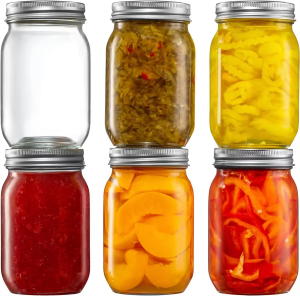
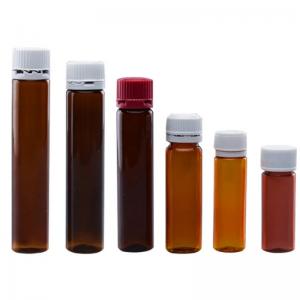
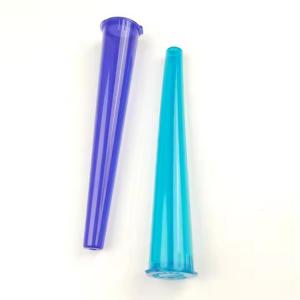
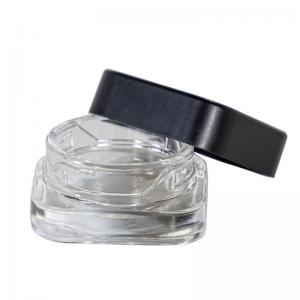
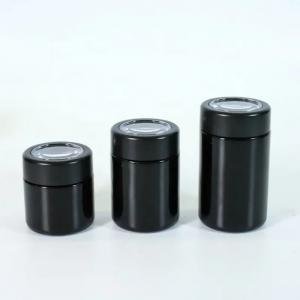
 2021-12-24
2021-12-24
 Онлайн -сервис
Онлайн -сервис


